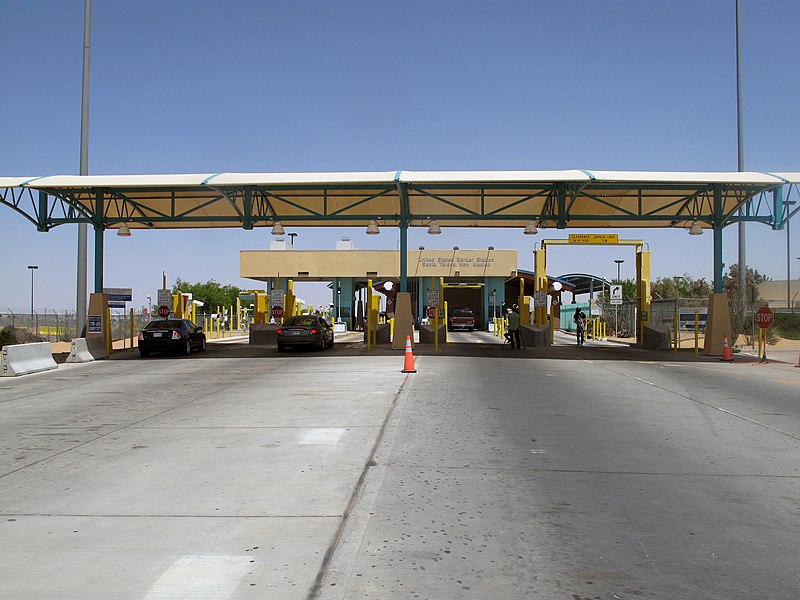- 14 3402-5578
- Rua Hygino Muzy Filho, 737, MARÍLIA - SP
- contato@latinoobservatory.org
 Santa Teresa Port of Entry Primary Border Inspection Station
Santa Teresa Port of Entry Primary Border Inspection Station
The number of encounters between U.S. agents and migrants at the U.S.-Mexico border halved after the expiration of Title 42, a public health emergency order that allowed for the swift expulsion of people from the country, a Biden administration official said. However, the official warned that smugglers would continue to look for ways to take advantage of the change in border policies. Although Title 42 has ended, the conditions that led to migration at unprecedented levels still exist.
In the days leading up to the end of Title 42, immigration agents had about 10,000 daily encounters with migrants at the southern border. Since then, the number has dropped to about 5,000 a day. Immigration authorities have deported more than 2,400 Venezuelans, Cubans and Nicaraguans to Mexico since Friday (12), according to the Texas Tribune.
Since March 2020, when the Trump administration implemented Title 42 due to the COVID-19 pandemic, it has been used about 2.7 million times at the southern border. In fiscal year 2022, agents apprehended a record 2.3 million immigrants at the southern border, and in the first six months of the current fiscal year, apprehensions reached 1.2 million.
The end of Title 42 went smoothly, and the number of migrants who crossed and were released from federal custody was lower than expected. Officials had predicted that up to 13,000 migrants a day would cross the border after the emergency order ended.
With the end of Title 42, Border Patrol agents will once again apply pre-pandemic immigration laws, which impose stiffer penalties on migrants who enter the U.S. without permission. However, the Biden administration has added new options to allow migrants to apply for asylum without crossing the southern border, such as the CBP One mobile app. Migrants will also have the option to apply for asylum at new processing centers in Guatemala or Colombia, which will give them the possibility to legally enter Canada, Spain or the United States.
In addition, the administration has imposed
harsher penalties on asylum seekers who attempt to cross the border illegally,
who could be charged with illegal entry or a felony if they try to enter the
U.S. multiple times, and could be barred from entering the country for five
years. A new rule will also deny asylum to migrants who have passed through a
third country where they could have sought protection.











